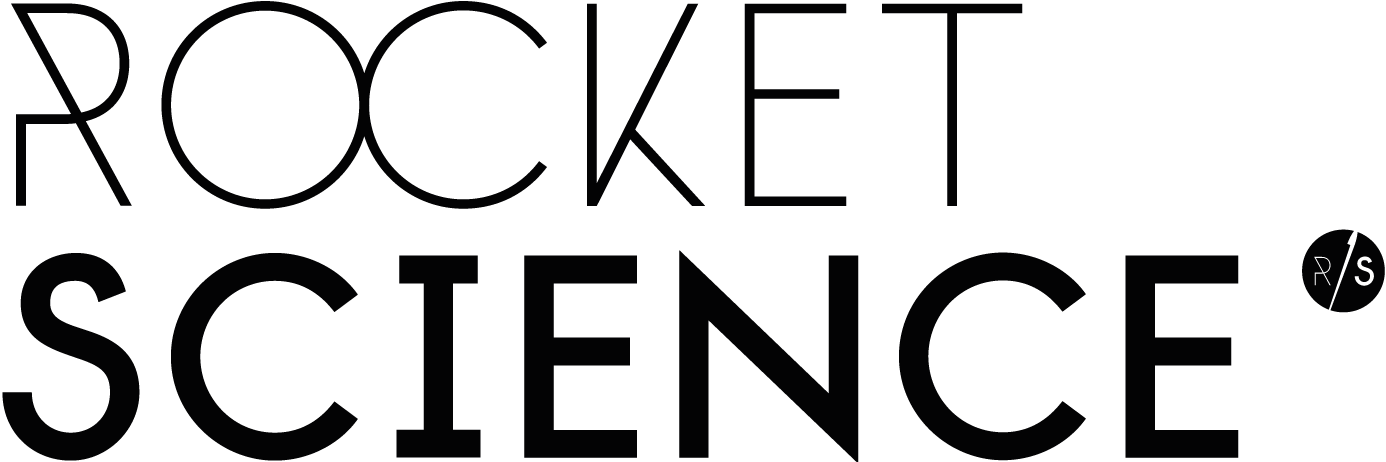Shaping sound - Active Noise Control
The present invention does away with these drawbacks and relates to a process of silencing sound oscillations especially of a disturbing nature, which can be employed independently of the source of oscillation. According to the present invention the sound oscillations, which are to be silenced are taken in by a receiver and reproduced by a reproducing apparatus in the form of sounds having an opposite phase.
In his patent US2043416A German Paul Lueg was many years before powerful and widespread implementations of active noise control (ANC - also referred to as active noise cancellation) such as in headphones. In fact, did you notice that his patent is condensed into two pages?
Speaking of headphones. Did you know, that ANC in headphones only works so well as it is combined with the shielding effect of the ear cushions? Listen for yourself in these comparisons of Bose QC35II, Bose 700, Sony WH-1000XM3, Apple Beats or Sennheiser PXC 550II.
With the advancements in electronics and software, active noise control technology is finally available for an abundance of applications, not only in the latest headphones or earbuds. Rocket Science is pushing the technology wherever physics permits to unleash value.
If you want to hear a simple demonstration of the effect the technology can create, watch this video of ANC working on transformer noise in a hardware-in-the-loop experiment.
Read some of our case studies on challenging active noise control implementations.
Increase value - sustainable energy production with 24/7 noise control
The case study about the Swiss waste-to-energy plant Renergia shows how active noise control technology can be one of the key enablers to increase plant efficiency.
read case-study
Reduce risk - shiedling cities from noise with virtual curtains
Our paper on parametrization and implementation of subwoofer arrays for active noise control in event noise management published in the ‘Institute of Acoustics’ journal in 2017 describes an effective scenario of a virtual curtain, serving as a risk management tool for event organizers.
